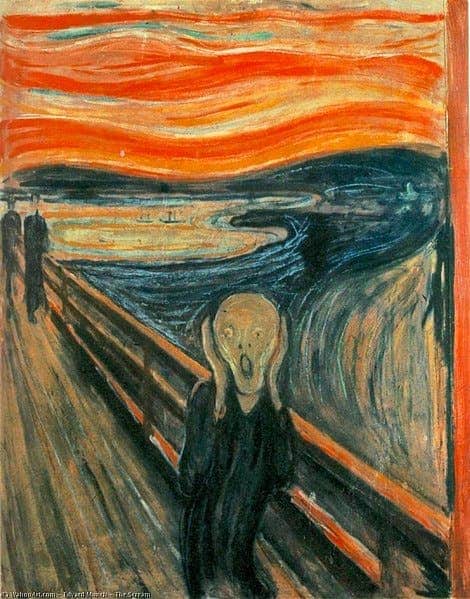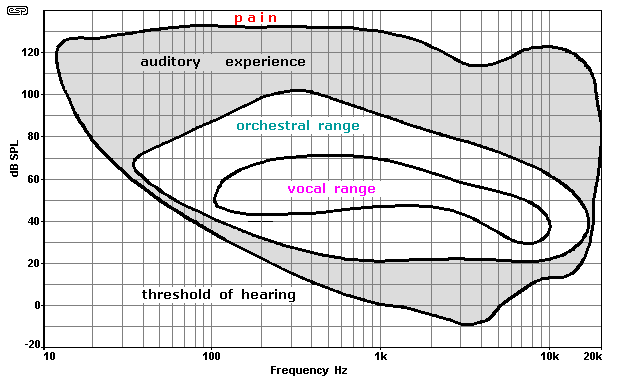All right and i never sated the opposite.
this is just as reference.
We do a lot of things that are not healthy like drinking and smoking. or driving fast.
i don't want to be limited by how fast the designer of the car thinks is responsibly save but by how fast i want to go even if there is a higher danger.
who said a hobby needs to be save and healthy?
Again how loud and how dangers do you think a halve wave of 18hz would be with an peak of 160dB?!
not at all because:
Especially if stapedius reflex is allred triggerd
And what level would this be at 18hz and for a single pulse?
A hobby doesn't need to be safe and healthy (although it kind of does need to be safe - see the legal point below). If you want to listen at 168dB and if you want to work on making audio equipment with a corresponding -168dB noise floor, go for it!
Just don't expect any manufacturer - whether it's a mass-market brand, a dedicated amp-module maker, or a audiophile discrete-component boutique operation - to make such equipment. For one thing, it's unnecessary, as 99.9+% of potential buyers have no interest in playing sound at 168dB, and 99.9% of that tiny fraction that
do want to play it that loud do not care whether or not the equipment's noise floor remains at 0dB when the volume is turned up to 168dB. Moreover, if someone damages their hearing - or the hearing of others, or their kids turn it way up and damage
their hearing in the process - the manufacturer cannot use the "this equipment was never intended to be used that way" defense if it was in fact designed to be able to play that loud without degrading its noise performance.
So for practical, legal-liability, and safety reasons, you're on your own with this quest of yours. But again, go for it if you want! Just make sure no one is within a hundred or more feet of you when you do.
Oh - and if you want to listen to actual, you know, music with 168dB peaks in it, then while you're making your 168dB dynamic range amp, be sure to save some money to totally sound-proof your room, because if you play such a recording at real-life volume on such equipment and you are in a normal, quiet residential room, you're going to have to turn the 1dB sounds on the recording up about 20-25dB in order to be able to hear them above the ambient noise of your room, and so that 168dB peak sound will become 188-193dB and you'll likely go deaf instantly (and at that volume deafen most of your neighbors).
Of course, even if you are in a totally quiet room, the sound of your own breathing averages about 10dB. But if you play songs that are shorter than the amount of time that you can hold your breath, then I guess you could eliminate that problem.








